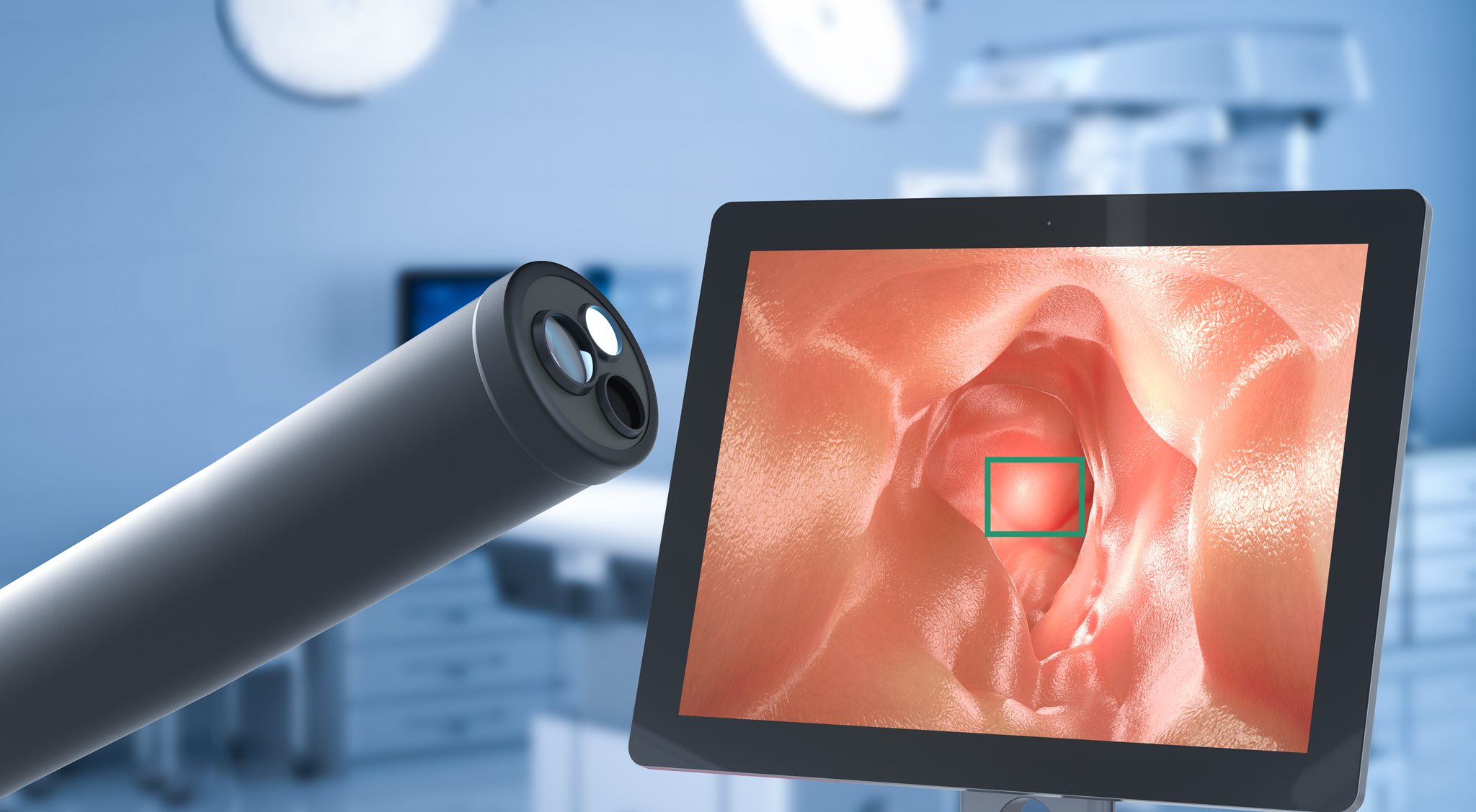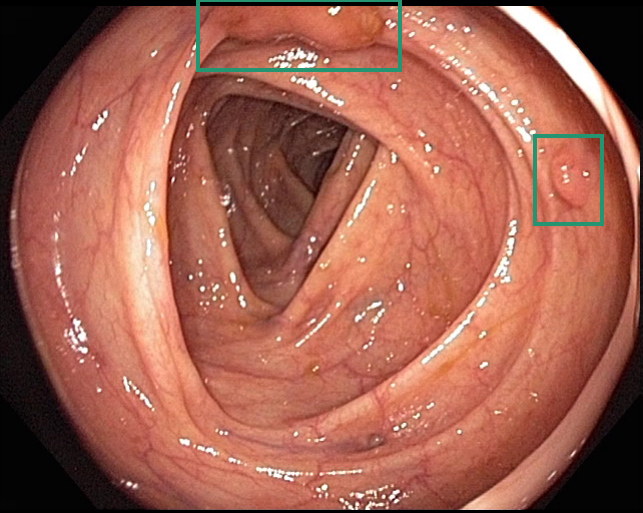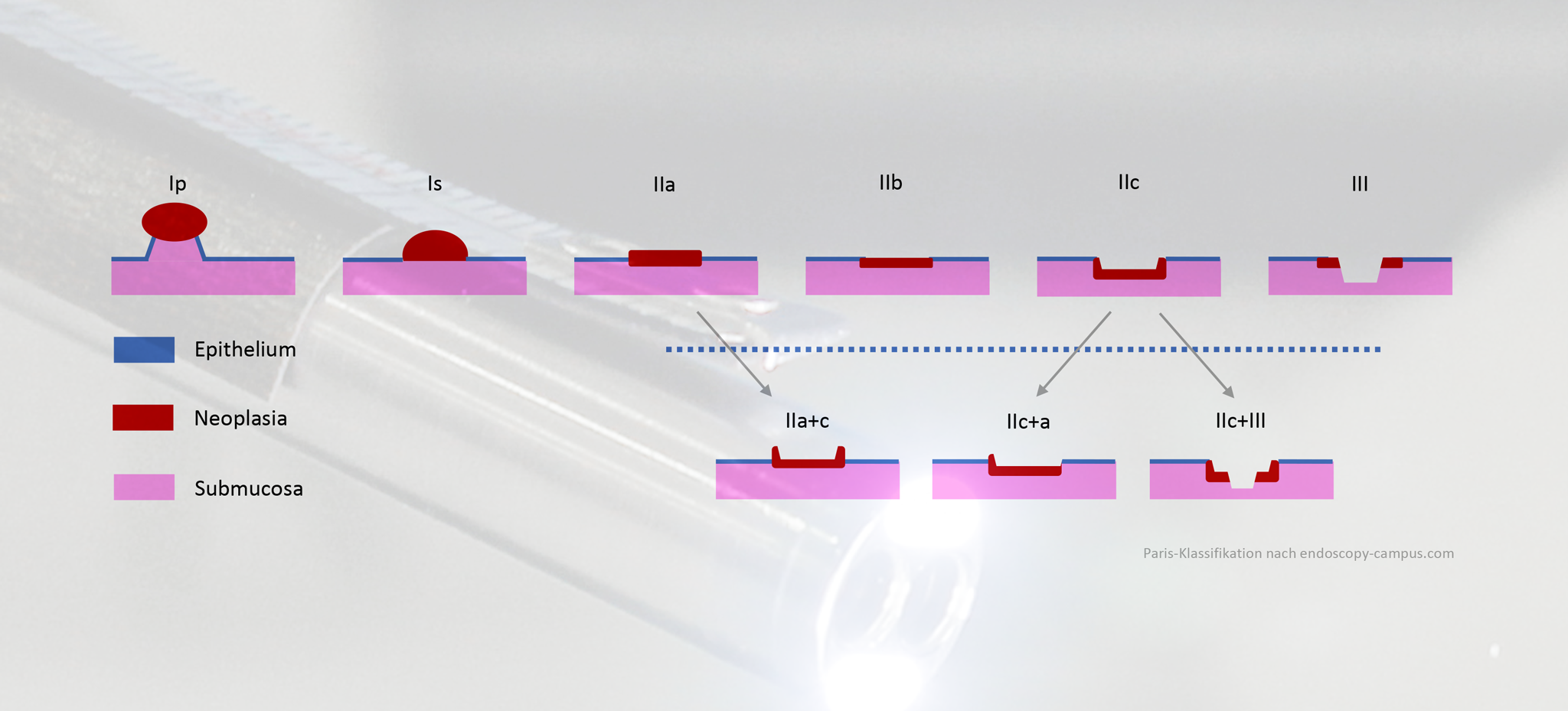Using deep neural networks for automated diagnosis
Objective
The aim of the Deep Colonoscopy project is to develop an automated system for detecting, classifying, and documenting polyps and lesions in real time. To this end, the project is evaluating and training suitable deep neural network architectures that provide highly specific and highly sensitive data analysis while running on low-complexity hardware components.
Motivation
Colorectal cancer is one of the most common types of cancer. Colonoscopy is considered the most reliable method for detecting colorectal cancer at an early stage, especially for detecting adenomas, which are its precursor.
Physicians face the challenge of detecting, differentiating, and documenting any lesions (in particular small polyps, flat neoplasms, bleeds, etc.) – often under time pressure. During the examination, physicians must rely solely on their prior knowledge and experience as they move the tip of the endoscope along intestinal walls one section at a time. They have no access to a 3D image of the intestine or pre-classification in real time. Their diagnosis is documented only after the examination has taken place.
Against this backdrop, the project consortium aims to provide physicians with a real-time support system in order to minimize diagnostic risks and reduce the time taken for the diagnosis.


